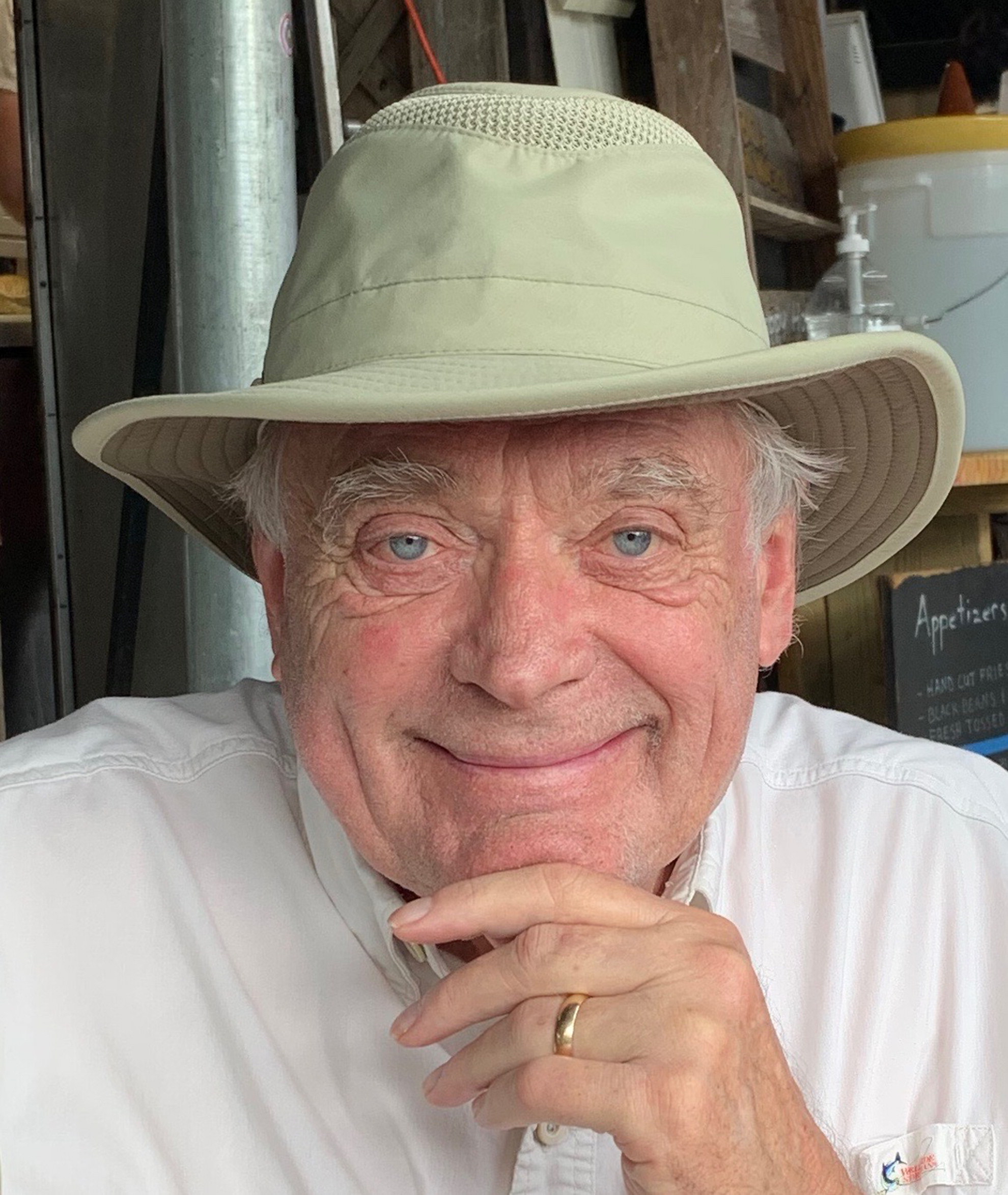
Jack Carpenter passed away on March 10, 2020 after falling ill 1 week earlier while vacationing in Florida. During his eventful life, he changed the field of neutron scattering.
Jack, a native Pennsylvanian, graduated from Penn State with a B.Sc in 1957 and obtained a M.Sc and Ph.D at the University of Michigan where he joined the Nuclear Engineering faculty in 1964. He first visited Argonne National Laboratory (ANL) on a sabbatical in 1971, proposing test experiments at ANL’s Zero-Gradient Synchrotron (ZGS) to see whether a spallation source based on protons striking a heavy metal target could be used for neutron scattering. Experiments using electron accelerators had been successful, particularly at the Harwell Linac. The process with protons was more complicated but, at least on paper, would give more intense neutron beams. The first tests at the ZGS looked promising, but moderating the resultant high-energy neutrons was the principal challenge.
Jack obtained materials and “built a mock-up moderator with a beam port and cadmium decouplers inside a beryllium reflector.” Getting around 10 times more neutron flux than with the then-standard arrangement without the reflector was “a Eureka! moment.” Jack secured a patent for the reflector in 1973. He moved permanently to ANL in 1975 and worked on a basic concept for ZING, which grew into the Intense Pulsed Neutron Source (IPNS), operational in 1981. (The history of this period is captured in Catherine Westfall’s article found under ANL at neutronsources.org/about/history/literature.)
Many contributed to the success of IPNS, which ran from 1981 to 2008. Jack would be the first to claim that he wasn’t alone in this task. However, it was his deep, fundamental knowledge, creativity, and inspiring tenacity that kept the project breaking new frontiers, including solid-methane moderators, a highly enriched uranium target, and pulsed-source wide- and small-angle diffractometers.
During that time, the “establishment” in neutron scattering in the US was not sympathetic to a new project asking for funding in a field where resources were already tight. Indeed, just as IPNS was about to start operating, it received a death sentence, later commuted, from a visiting committee. Furthermore, in 1984 the Seitz-Eastman Panel endorsed a large new reactor as the future for US neutrons, in an apparent slight both to IPNS and ISIS, the spallation source at the Rutherford Laboratory in UK, a project that had incorporated Jack’s ideas and commenced operation in 1984.
However, Jack soldiered on, convinced that his ideas were correct. IPNS, the Japanese source KENS, and later ISIS eventually proved that spallation neutron sources were successful. The reactor project, designated for Oak Ridge, collapsed in the mid-1990s because of ever-mounting costs, whereupon Oak Ridge proceeded to build a spallation neutron source (SNS) there, operational in 2007! The irony was not lost on Jack. He contributed hugely to its design and served on many review committees. With ISIS in the UK, J-PARC in Japan, SNS in the US, and the new European Spallation Source under construction in Lund, Sweden, Jack had indeed become the establishment.
Deservedly, he received the Cliff Shull Prize (the highest accolade of the Neutron Scattering Association of America) in 2006, as well as many other honors. Retired in 2008, Jack continued as a Distinguished Scientist Emeritus at Argonne, a consultant to SNS, and the Spokesman of the Union of Compact Accelerator-driven Neutron Sources (UCANS) until his last day.
In 2015, Jack, together with Chun K. Loong, published the book, Elements of Slow-Neutron Scattering (Cambridge University Press)—a mammoth undertaking!
Jack was a person of great empathy and modesty, with a real love of simple and elegant experiments. We are all the poorer for his passing.
